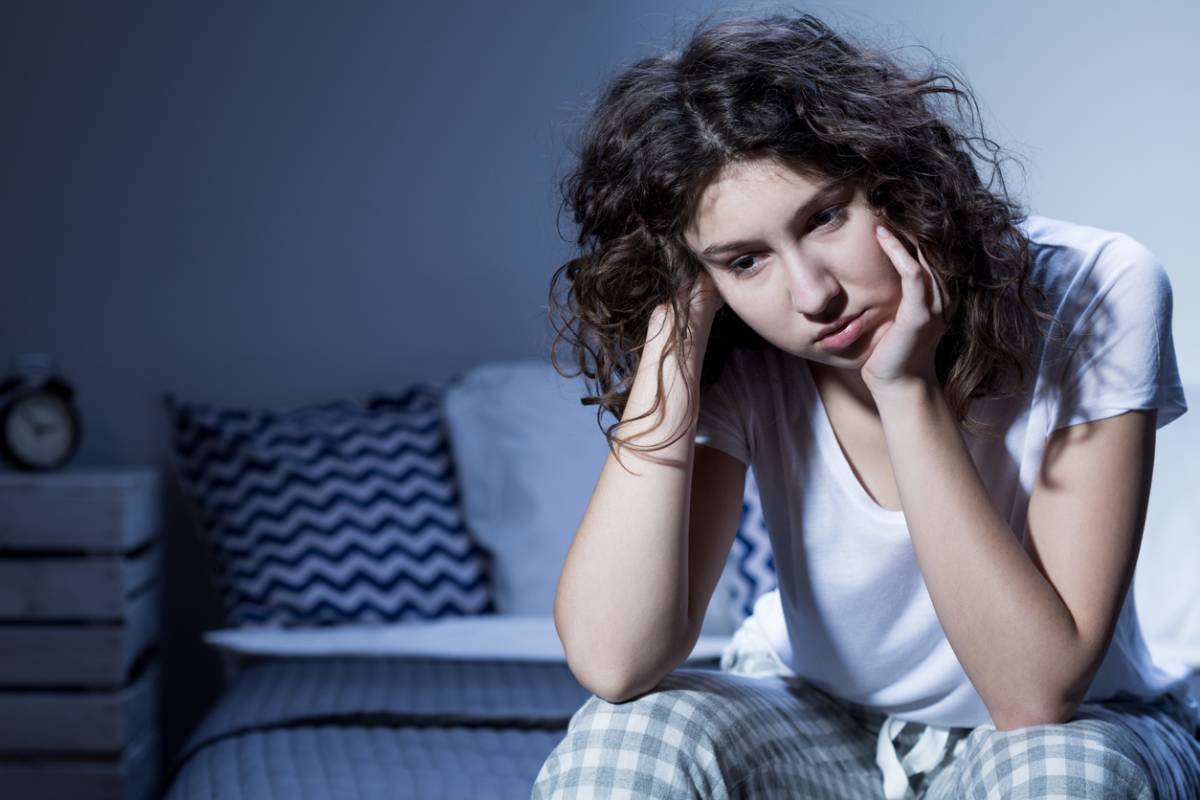Starting off:
People who work in the arts often say that imagination and new ideas are what make groundbreaking works of art possible. But below the surface of these well-known traits comes a problem that doesn’t get as much attention: insomnia. There are a lot of different ways that sleep and inspiration can affect artists, writers, musicians, and other creators. This piece goes into detail about how insomnia can affect creativity and new ideas. It looks at how sleep problems can sometimes get in the way of artistic expression and sometimes help it.
How to Understand Insomnia:
A common sleep disorder that affects millions of people around the world is insomnia symptoms , which means having trouble going asleep, staying asleep, or getting restful sleep. Stress, anxiety, or medical conditions are some of the things that can cause it, but it’s especially common in artistic groups. Many artists have trouble sleeping because their plans aren’t always stable, they have to meet tight deadlines, and they feel like they have to always be creating new and original work.
The Myth of the Stay-Awake Genius:
There has always been an idealized idea of the “sleepless genius”—a creative person who doesn’t sleep to work on their art. A lot of artists, from Vincent van Gogh to Virginia Woolf, have been made into myths because people think they could do great work with little to no sleep. But new research shows that things may be much more complicated than that.
What It Does to Creativity:
In the short term, some artists may be inspired by not getting enough sleep. But in the long term, constant insomnia can hurt creativity. Sleep is very important for brain function, remembering things, and fixing problems, all of which are important parts of being creative. Artists may find it hard to come up with new ideas, stay focused, or reach the level of innovation they want if they don’t get enough rest.
Also, insomnia can make mental health problems like depression or worry worse, and these problems are known to make it hard to be creative. Not getting enough sleep can make artists constantly tired and foggy-headed, which can make it hard for them to use their creativity and make important work.
What Sleep Has to Do with Managing Your Emotions:
Besides affecting brain function, sleep is also very important for controlling emotions. Artists often use their own feelings and experiences as sources of motivation in their work. But when you can’t get enough sleep, you can’t control your feelings well either. This can make you more stressed, irritable, and emotionally unstable, all of which can stop you from being creative.
How to Find Balance:
In spite of the problems that come with insomnia, many artists have found ways to deal with insomnia while still being artistic. Setting a regular sleep plan, making a relaxing bedtime routine, and practicing mindfulness or relaxation techniques are all things that can help you get better sleep.
Taking care of yourself in a way that includes both your physical and mental health can also have a big impact on your creativity. Getting regular exercise, eating well, and getting help from friends, family, or mental health workers can all help you sleep better and be more creative.
Tech’s Part in Things:
In a world that is becoming more and more digital, technology has become both a friend and an enemy for artists who have trouble sleeping. On the one hand, digital platforms and tools open up new ways to be creative and work together. The constant use of computers and electronics, on the other hand, can make it hard to sleep, especially late at night.
Because technology can make it hard to sleep, artists might benefit from setting limits on their screen time, like using blue light filters on their electronics or setting specific “offline” hours. Exploring different forms of art or activities that let you be artistic without using screens can also give your mind a much-needed break.
Using rest as a way to be creative:
In a society that values being busy and productive a lot, the idea of rest can seem counterintuitive to the creative process. However, many artists have said that rest and relaxation can change their minds and help them be more creative and come up with new ideas.
Taking breaks to rest can help you come up with new ideas and be more creative. This can be done through meditation, long walks in nature, or just letting your mind wander. Artists can have a better relationship with sleep and find new ways to express themselves through their work by seeing rest as an important part of the creative process.
In conclusion:
Asthmatic artists who want to be creative and innovative in their work face big problems when they can’t sleep. Sleep problems can make it hard to express yourself creatively because they can affect your ability to think clearly and control your emotions, and because technology is so common these days. But artists can deal with the challenges of insomnia while still making useful and important art by putting themselves first, using good sleep techniques, and seeing rest as a creative practice. That way, they not only protect their own health, but they also make the creative group stronger and more alive.
